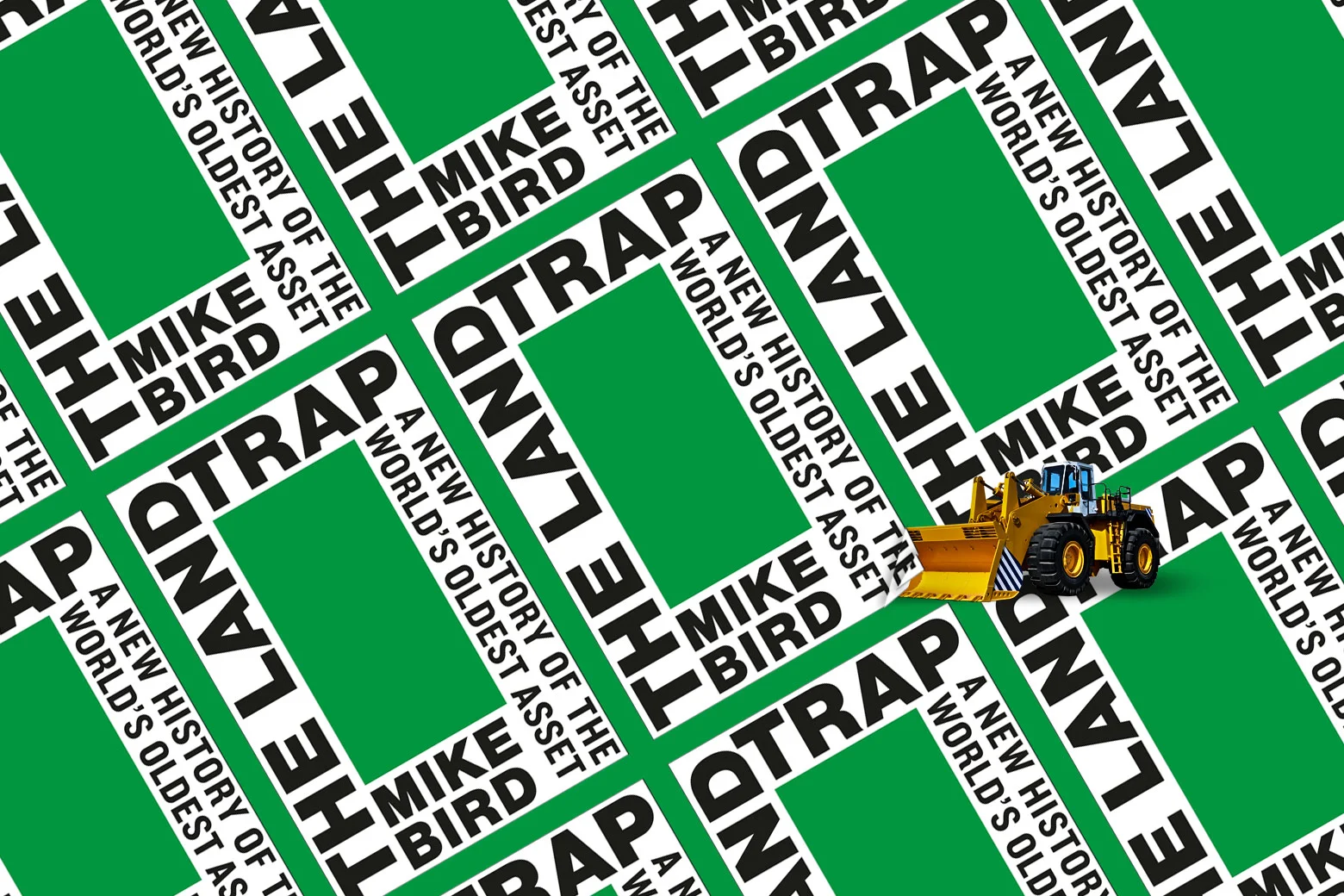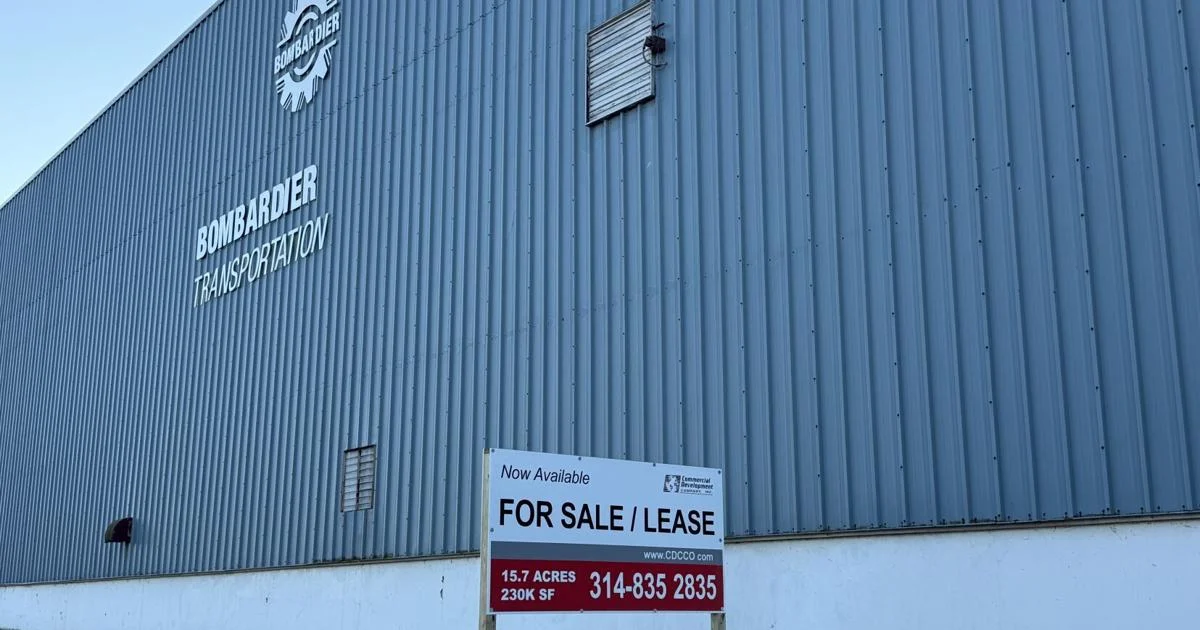Copyright Slate

Sign up for the Slatest to get the most insightful analysis, criticism, and advice out there, delivered to your inbox daily. Housing in America has become ridiculously expensive. The typical American home costs more than five times the median household income, with the ratio pushing into double digits in places like South Florida, coastal California, and Hawaii. To talk about the high cost of housing, however, is to misidentify the problem. While contemporary builders face challenges like tariffs on materials, high interest rates, and a masked police force hunting down workers, it is not the houses that cost so much more than before—it’s the land beneath them. In the priciest U.S. cities, three-quarters of the value of residential neighborhoods is just dirt. The aftermath of January’s Los Angeles fires shows one consequence of this bizarre situation, since victims’ insurance payouts (equivalent to the structure cost) are so much less than their mortgages (which include the precious land). Starting over elsewhere becomes a financially ruinous proposition. Land is the subject of journalist Mike Bird’s smart and stimulating new book The Land Trap: A New History of the World’s Oldest Asset. The subtitle does not accurately reflect the book’s scope, which is short on the first 5,000 years of human history and concerned primarily with the tricky choices that contemporary societies face in the distribution, taxation, and regulation of property. But that’s for the best. Slate receives a commission when you purchase items using the links on this page. Thank you for your support. “The reality of how land works leaves governments all around the world torn between irreconcilable goals,” Bird writes. “They are anxious to promote homeownership—which remains the aspiration of billions of families just as it has been since the demise of feudalism. At the same time, political leaders are desperate not to lose the support of the existing crop of owners, who are keen for the value of their real estate to rise.” Cheap land enables affordable housing, population growth, stability, opportunity, and economic innovation. Expensive land enriches governments through sales, leases, and taxation and unlocks vast financial leverage for owners, since it is such an effective collateral to borrow money against. This is the “trap” of the title, one that developed nations have tried to avoid with little success. Rising land prices smother our ability to move, suppress fertility rates, stifle innovation, and hoover up resources that might be deployed elsewhere. But falling land prices make it hard to borrow money, send loans into default, eviscerate the tax collections that pay for public services, and prompt foreclosures, financial panic, and job loss. It might seem obvious that land, which accounts for 35 percent of humanity’s wealth—more than twice the value of all the planet’s publicly listed companies—is important. Every child knows that the ground beneath our feet is the source of food, fuel, and precious stones; the measuring stick of empires charted by expanding and contracting lines on a map. But consider the bear case: Modern technological innovations in agriculture (disease-resistant seeds), telecommunications (phone, internet), building technology (steel, elevators), and transportation (trains, cars, planes) have all vastly decreased the importance of place compared with 100 years ago. Yet, in Bird’s telling, land has come roaring back to relevance in spite of all that. Written in the flowing, knowing prose of the Economist, for which Bird is the Wall Street editor, The Land Trap is a brisk globe-trot through great moments in land policy, including the roots of the American Revolution, the preachings of the land-value tax evangelist Henry George, and the postcolonial land-reform movement of the 1940s, ’50s, and ’60s. But Bird really hits his stride in a sequence of chapters about the modern “land trap” as it exists in the United States, England, Japan, Hong Kong, China, and Singapore. Just as land was becoming less important for traditional uses like agriculture (cereal production has grown 250 percent since the 1960s on virtually the same farm footprint), its power as a source of financial leverage was rising in an era of government-driven mass ownership. Put simply: If you own land, you can borrow money. And when land goes up in price, you can borrow a lot of money. This practice unleashed “enormous new financial firepower,” Bird writes. McDonald’s founder Ray Kroc was an early innovator, borrowing against the family home to get into the restaurant business. Today small firms in America have $5.5 trillion borrowed against real estate collateral. Firms that own lots of land can also raise money that way—Macy’s, the book notes, is actually worth less than the sum of its land and buildings. Bird selects three special features that make land the perfect collateral: Its supply is limited, it cannot be moved (or hidden), and it does not decay. As many of us reluctantly learned in the aftermath of the Great Recession, Washington’s commitment to homeownership eventually unleashed all manner of ultracomplex financial instruments that wrecked the global economy. But perversely, Bird says, the regulatory focus on banks has led to even more money being lent against land, because it is perceived as safe. Land now dominates the practice of banking in the developed world. It also accounts for much of the rise in inequality in advanced nations. In 2013 the French economist Thomas Piketty drew international attention to the fact that the globe’s rich were getting richer in his book Capital in the Twenty-First Century. But the economist Matthew Rognlie then showed that most of that return to capital is accounted for by home-price appreciation, which is to say, land values. The first-order effects of our securitized earth might not be obvious unless you’re shopping for a house (or paying rent) in a global city. Bird draws on studies that show the consequences of high-cost, highly leveraged land for the economy beyond expensive housing. It has changed the way that money moves through society: Companies with lots of land can borrow more money, at lower cost, than startups can. Banks turn away from business lending toward real estate. Many advanced economies are so thoroughly distorted by the land-finance nexus that it can be hard to even tease out the consequences. But letting land values fall is calamitous. Bird tells the story of Japan’s land bubble, a frenzy that at one point in the 1980s led the country’s 1-square-mile Imperial Palace and grounds to be worth more than the entire state of California. After the bubble popped, failed loans ricocheted through the country’s financial system for years, a disaster from which Japan is only just now recovering. Some properties declined in value by more than 80 percent. So what’s to be done? Bird’s preferred model is that of Singapore, where the government has resisted the sugar high of land speculation in exchange for a stable, functional, and affordable housing market. A powerful eminent-domain law allowed the Singaporean government to amass vast property holdings, which it used to build first-rate, owner-occupied public housing. (To be precise, Singaporean “buyers” have a 99-year lease on their units.) America, Bird says, is not in such a bad place. Unlike the Chinese, whose property obsession led to a giant collapse epitomized by the country’s unoccupied residential skyscrapers, Americans have the option of a functioning and (for now) lucrative stock market in which to put our savings. Our local politics sure feels as if it’s driven by the squawking defense of the subdivision nest egg, but residential wealth makes up a smaller share of household assets in the U.S. than in most of our peer countries. If The Land Trap can help those of us in the developed world understand our problems, it might be most useful as a warning to those nations that have not yet entered this cycle. In much of the Global South, land is only now being registered, titled, and exchanged in a way that permits its function as an effective base for borrowing and banking. Those countries can learn from our mistakes. Yet the temptation of the land trap will always be there, luring decisionmakers toward a different path, out where the grass is greener.



